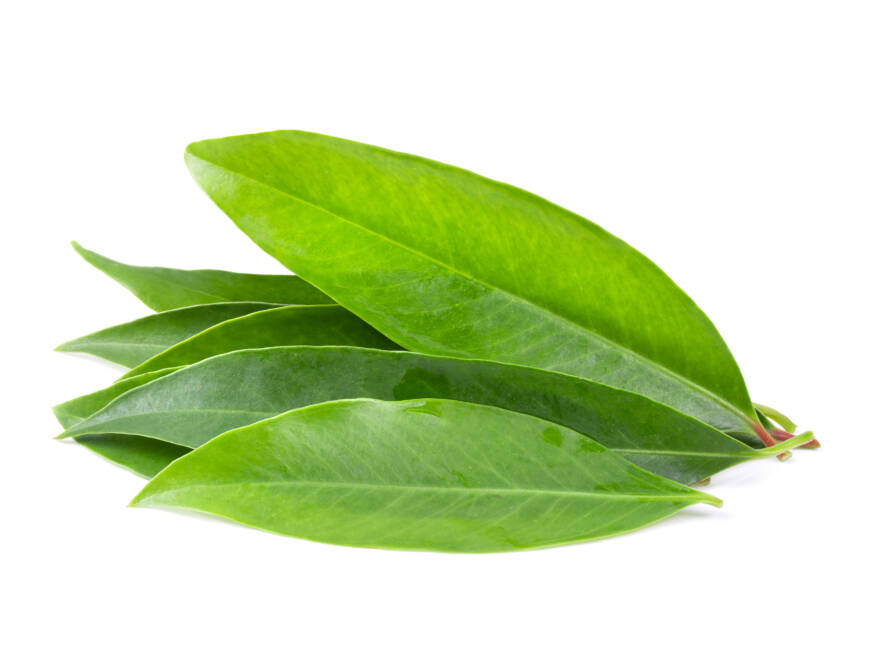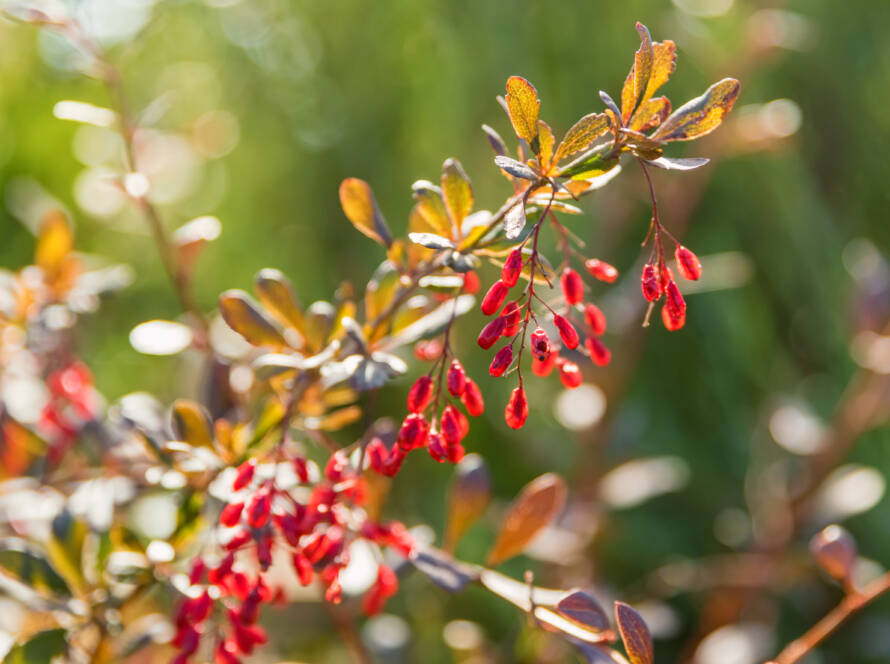German Chamomile
Introduction
This fact sheet provides basic information about chamomile, a herb used for its flavor, scent, and potential therapeutic properties. Chamomile can refer to various parts of the plant, including flowers, leaves, and stems. The two primary types of chamomile used for health conditions are German chamomile and Roman chamomile. While both varieties are believed to have similar effects, German chamomile is more commonly used in the United States and is the focus of this fact sheet.
Common Names
- Chamomile
- German chamomile
Latin Names
- Matricaria recutita
- Chamomilla recutita
What It Is Used For
- Children and adults have used chamomile for thousands of years for various health conditions.
- Common uses include:
- Sleeplessness
- Anxiety
- Gastrointestinal issues such as upset stomach, gas, and diarrhea
- Topical applications for skin conditions and mouth ulcers, particularly those resulting from cancer treatment
How It Is Used
The flowering tops of the chamomile plant are utilized to create:
- Teas
- Liquid extracts
- Capsules or tablets
- Topical creams or ointments
- Mouth rinses
What the Science Says
- Chamomile has not been extensively studied in humans, leading to limited evidence supporting its efficacy for specific conditions.
- Some preliminary studies suggest potential benefits for mouth ulcers and certain skin conditions. Combined with other herbs, it may help with upset stomach and diarrhea in children.
- Research funded by NCCAM has explored chamomile’s effects on generalized anxiety disorder and chronic pain related to bowel disorders in children.
Side Effects and Cautions
- Rare allergic reactions have been reported in individuals who consume or come into contact with chamomile products. These reactions can include:
- Skin rashes
- Throat swelling
- Shortness of breath
- Anaphylaxis (a severe, life-threatening allergic reaction)
- Individuals with allergies to related plants in the daisy family (such as ragweed, chrysanthemums, marigolds, and daisies) are more likely to experience allergic reactions to chamomile.
- It is essential to inform healthcare providers about complementary and alternative practices to ensure coordinated and safe care.
Sources
- German chamomile. Natural Medicines Comprehensive Database.
- Chamomile (Matricaria recutita, Chamaemelum nobile). Natural Standard Database.
- Chamomile flower, German. In: Blumenthal M, Goldberg A, Brinckman J, eds. Herbal Medicine: Expanded Commission E Monographs. Newton, MA: Lippincott Williams & Wilkins; 2000:57-61.
 NCCAM National Institutes of Health
NCCAM National Institutes of Health


